Lens Resolution Features
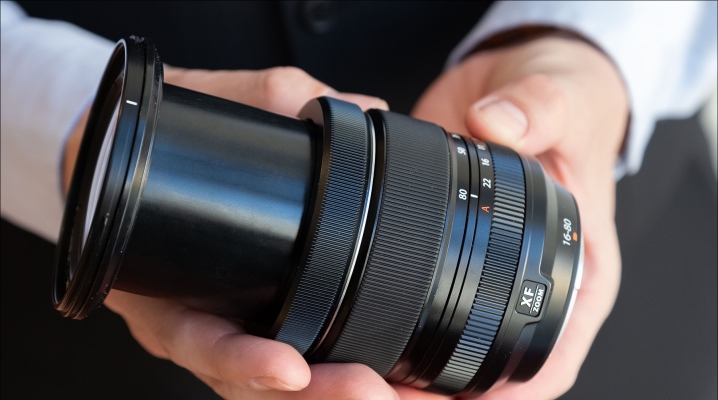
The cameras of today have gone so far from their progenitor that few remember what the first camera looked like. The camera obscura is considered to be its prototype, and the first mentions of it are found in the 5th-4th century BC. NS. In the Middle Ages, it was used to observe solar eclipses and astronomical phenomena. But let's return to the present, to our usual "DSLRs" and "digital cameras" and consider the features of the lens resolution.

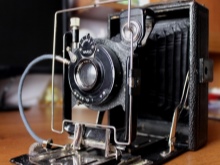
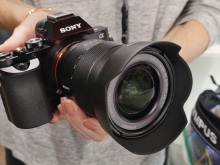
What it is?
When viewing a photograph, the viewer sees the clarity or blur of the image. Of course, the sharpest possible shots are always preferred, unless we are talking about those artistic ideas where a blurred background or angle is a special effect. So, the resolution of the lens is responsible for the clarity of the image. Resolution power is the ability to separate adjacent small dots in an image so well that they can be seen in the image.
When considering the photosensitivity of a matrix, all the attention is paid to its resolution. But the lens plays no less, if not a big role in image quality. Simply put, it all depends on how many points fall from it to the matrix. The resolution is not the same in the center and at the edges of the image.
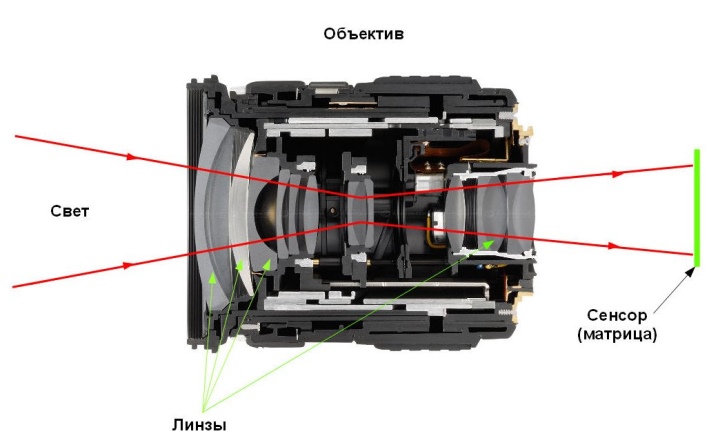
This is influenced by the disadvantages of optics, with some lenses the resolving power begins to decline at the very edge of the image, while others are characterized by a smooth decrease from the center to the periphery. The decrease in the indicators is affected by the increase in focus - for short-focus zooms, the resolving power is greater than for long-focus ones.



The quality of rendering small details is a measure of the resolution, for which the chip inside the camera is responsible. It contains a multi-million dollar set of light-sensitive points. And since it is the size of the sensor that determines how much light gets into the photo, the larger the sensor, the better the image. The minimum distance between pixels is the resolution limit. Standard sensor sizes are 16 mm, Super 35 mm, 65 mm.
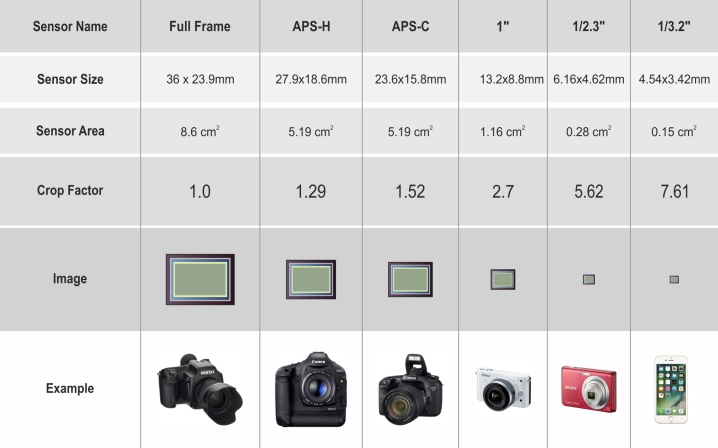
How to determine?
The resolving power of the photo lens is measured by the test world. The worlds consist of black and white stripes of a certain density and are divided into dashed and radial ones. The image of the world is photographed and studied by magnification through a microscope. You can find out the definitions of the strength of resolution using the MTF graph, this is a measure of frequency-contrast characteristics. These graphs are in the technical documents of the product, they will help you understand the resolution of the zoom.
The measurement takes place in two lines per millimeter and shows a comparison of resolution and commonly encountered parameters. In order to understand the graph, you need to know that the horizontal axis shows the distance of the strokes from the center of the frame in millimeters. On the vertical axis is the MTF parameter, which is the sharpness indicator. Simply put, the higher the graph, the better.
When choosing a lens, it is very useful to pay attention to the graphs.
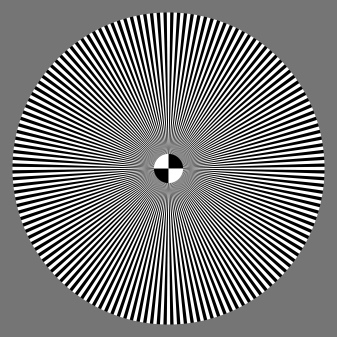
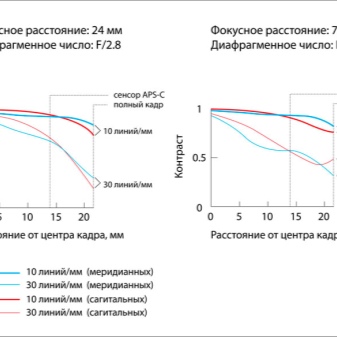
How to choose a lens?
As statistics show, most of those who once purchased a DSLR or digital camera continue to use the whale lens - the one that came with the kit. They are inexpensive and constructively mediocre. Weak optics almost never give a high-quality image. A good, properly sized lens will improve image quality.
The first thing that pays attention to is the focal length.
- Standard lenses will convey the visible perspective just as it is perceived by human vision.
- Wide angle covers large areas of space.
- Long-focus, they are also called "telephoto", zoom well and are designed for shooting objects at long distances.


Are ultra-wide (fisheye) capable of capturing your own legs? photographer. In order to choose a camera in terms of resolution parameters, one must have a clear idea of the tasks that it will face. The further the distance of the planned shooting, the higher the resolution is chosen.
- Shooting from a distance of less than 4 meters is successfully performed by a camera with any resolution.
- A distance of up to 8 meters will already require a resolution of 540-600 TV lines.
- Above 8 meters, the required resolution is from 600 TV lines.

When choosing, you should take into account the size of the camera matrix for which the lens is purchased. The level of illumination is of no small importance for the selection. With constant illumination, you can take the model with a fixed aperture, as the most inexpensive. In the case of small changes in luminous flux, the use of manual aperture control is appropriate.
If you know that the camera is required for night photography, in natural, constantly changing light, it is better to use an auto lens. The luminosity is chosen from the brightness of the lighting. In this case, it all depends on the size of the zoom hole, which affects the range of the luminous flux. An F / 2.8 rating means that the luminous flux will be 2 times that of an F / 4 rating. Each increase in the F number is a 2-fold decrease in the intensity of the light flux.
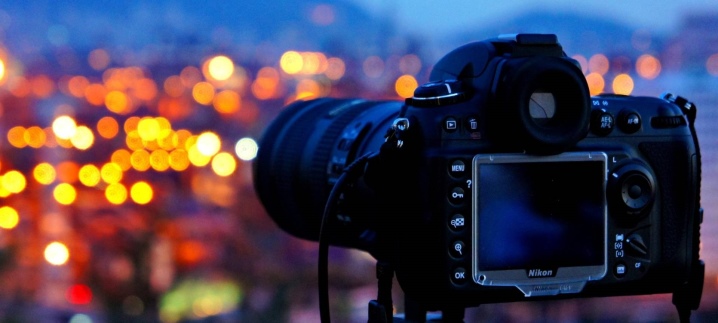
High aperture zooms are chosen for portrait images, as well as for types of photography that require fast shutter speeds, such as sports. Zooms always have a lower aperture ratio than fixed focal length lenses and are divided into fixed and variable apertures. And they also look at the type of mount, it is necessary that they match between the camera and the lens. Professionals advise leaving preference for modern models, since over the past 3 years there have been noticeable changes for the better in optical technologies. Most pros point out some serious flaws in superzoom:
- mismatch of the declared focal lengths with the "working" ones;
- distortion of geometric lines and aberrations;
- extremely low aperture at the long end.

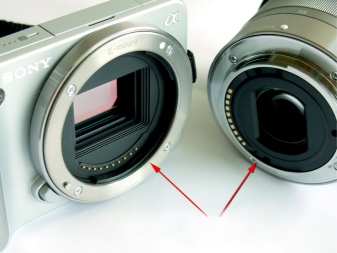
For tourism, a 5-8x zoom is considered the best option. For portraits, a fast prime lens, for landscapes, a wide-angle lens. And finally, from the field of science fiction: some experts believe that in the future, cameras will not be SLR, but with a transparent matrix. The housing made of materials that carry the functions of memory and electronic boards will replace memory cards, etc.
For the resolution of the lens, see the following video.













The comment was sent successfully.